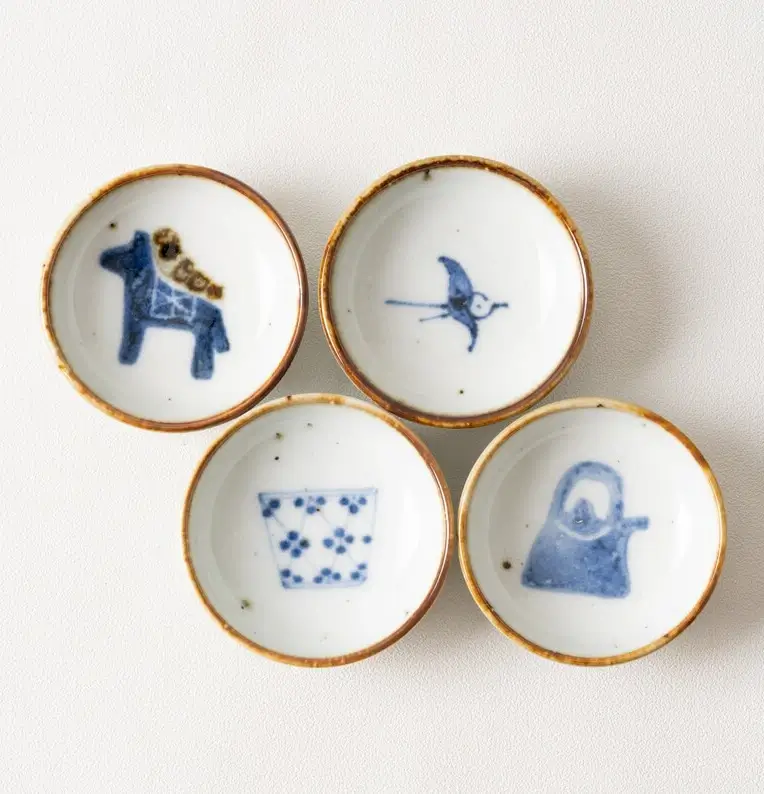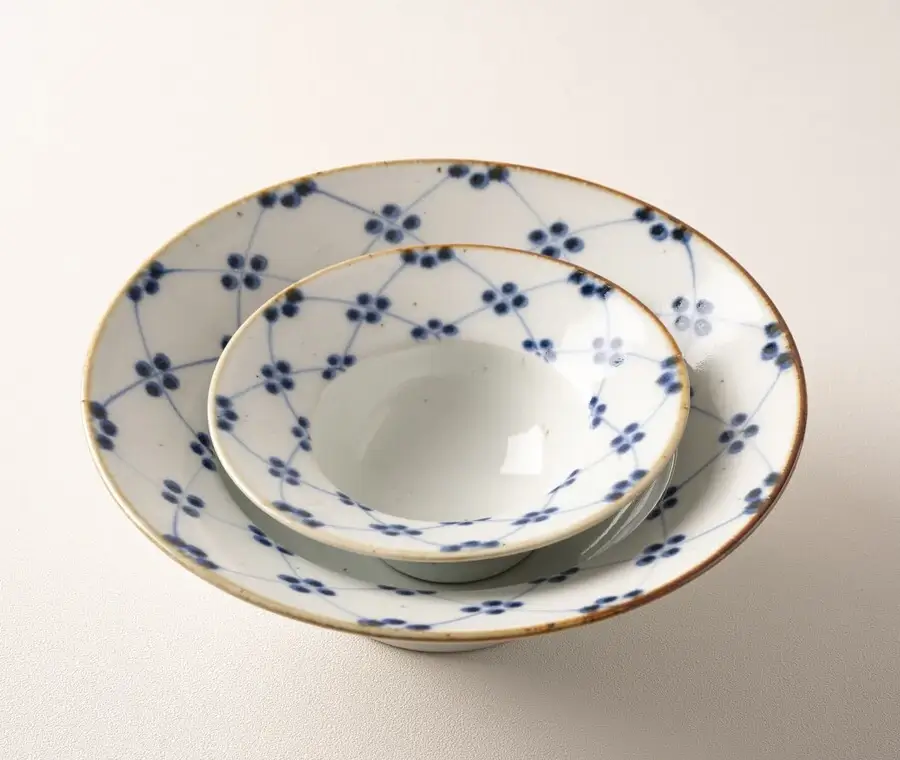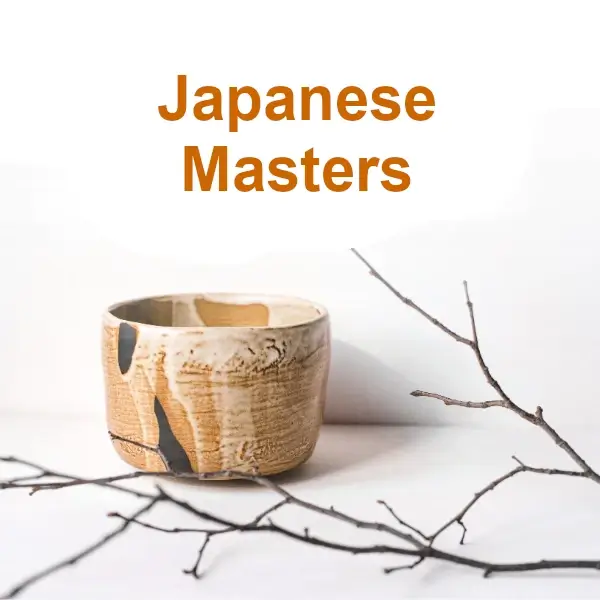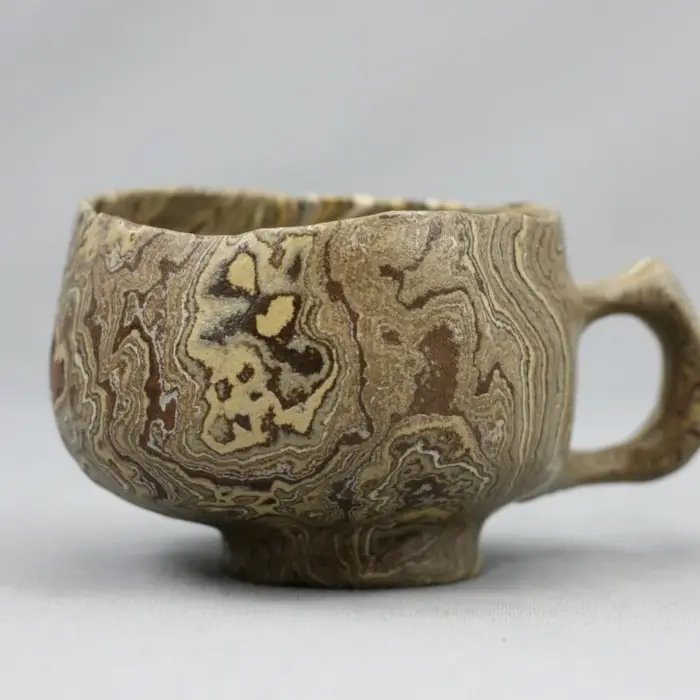Japanese Tobe pottery: An ancestral treasure
Tobe pottery, originally from the Ehime region of Japan, is an art form that has endured through the centuries, adapting and evolving without losing its traditional essence.
From its conception in the Edo period, where a way was found to produce whiter ceramics, thanks to higher quality clays, to its revaluation in the modern era due to the folk art movement, Tobe pottery has been a testimony to human creativity.
This ancient treasure, known for its durability and delicate translucent beauty, reflects not only the history of a region but of Japanese craftsmanship itself.

Discovering Tobe Ceramics: Origins and Traditions
Tobe pottery, rooted in Ehime Prefecture, Japan, has been a distinctive cultural expression of the region for more than two centuries. This ancestral art was born, as I mentioned, from the need to recycle the waste from whetstones.
The pottery festivals in Tobe, which attract enthusiasts and tourists alike, are a vibrant celebration of this rich heritage, offering a glimpse into techniques passed down through generations. By immersing oneself in the traditions of Tobe, one discovers not only the beauty of the pottery but also the intricate relationship between art, nature and community that has allowed this art to flourish over the years.
To explore Tobe ceramics is to enter a world where the history and modernity of Japanese ceramics are intertwined, as I will tell you in the next chapter of the article.
The Millenary Art of Tobe Ceramics: Techniques and Styles
Tobe ceramics, renowned for their iconic blue and white decoration, emerge from a heritage that combines simplicity with the intrinsic beauty of Japanese art. Over the centuries, Tobe artisans have perfected a distinctive style that reflects a deep respect for tradition and a constant adaptation to contemporary needs. This pottery is characterized by its versatility and durability, making it popular both locally and internationally.
The origins of this tradition date back to the 18th century, when Tobe potters discovered a high quality clay that allowed them to produce a whiter porcelain.
Although Tobe ware experienced a decline during the Taisho period, its recognition as a traditional Japanese craft in 1976 ushered in a new era of appreciation and revitalization. Tobe ware prides itself on its roots, maintaining inherited techniques while exploring new horizons in design and functionality.

When delving into the world of Tobe ceramics, one encounters a rich palette of forms and motifs that tell stories of generations past and present a bridge to the future of ceramic art. The next section of the article will shed light on the impact on culture and, specifically, contemporary ceramics in Japan , highlighting how this age-old tradition continues to influence and enrich the modern artistic landscape.
Tobe Ceramics: Its Impact on Contemporary Art and Culture
At the confluence of past and present, Tobe ceramics stands as a pillar of influence in contemporary art and culture, enriching the fabric of modern design with its classic aesthetics and age-old technique.
Contemporary artists from Japan, such as En Iwamura and Yui Suzuki, draw inspiration from ancient ceramic traditions to explore new forms of expression, integrating concepts of pause and reflection into their works, and opening dialogues between ancient Japanese philosophy and modernity.
The influence of Tobe ceramics transcends borders and disciplines, being appreciated not only for its functional value but also for its contribution to the field of sculptural art. Artists such as Kazunori Hamana and Yuji Ueda use contemporary techniques to bring to life works that reflect both traditional Japanese aesthetics and current artistic innovation, demonstrating the versatility and cultural depth of Tobe ceramics.
It is worth mentioning the Tobe pottery festival that is held for the dissemination of this art.
Also its presence in museums and collections around the world, from the Asian Art Museum to the American Museum of Ceramic Art.
Tobe ceramics are a testament to the constant dialogue between past and present, inspiring new generations of artists and collectors to appreciate the timeless beauty and refined technique that characterize this traditional Japanese art form.
The best works in Japanese ceramics



